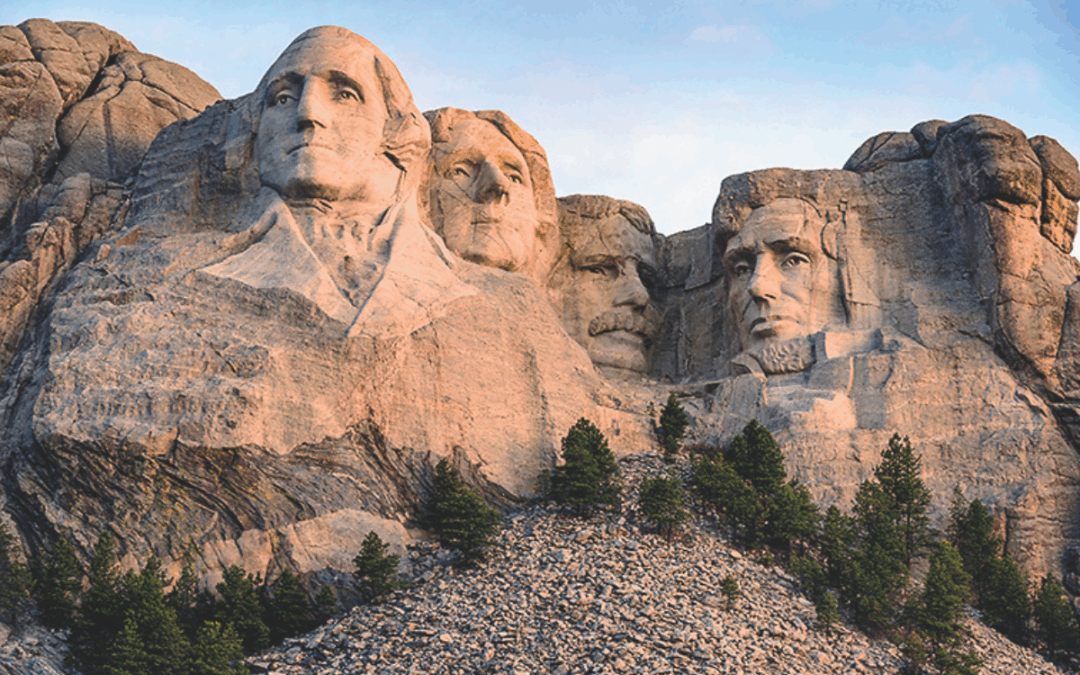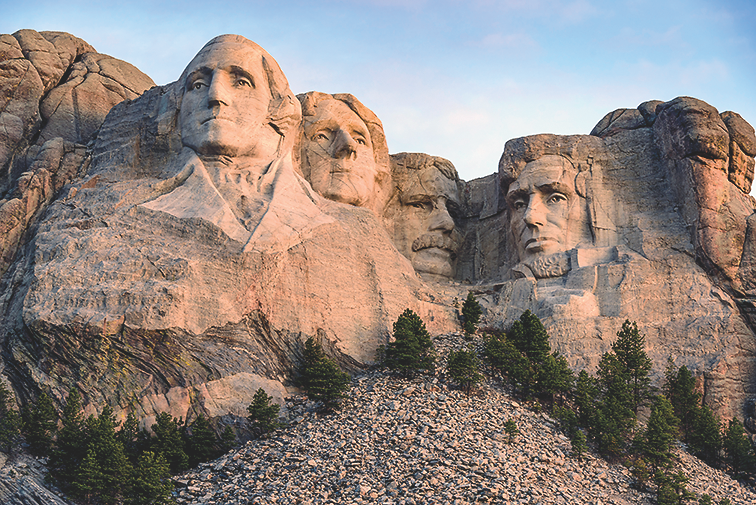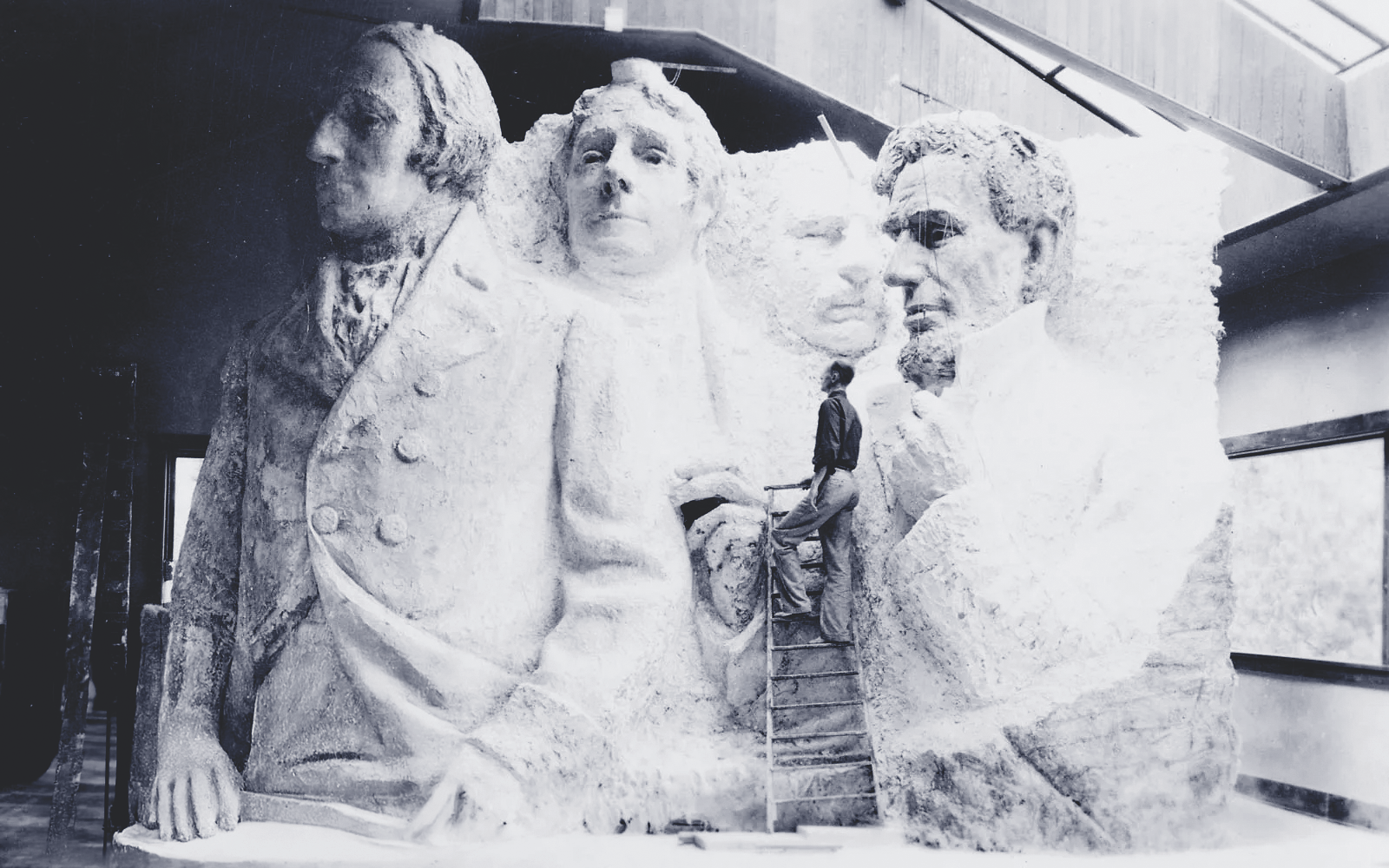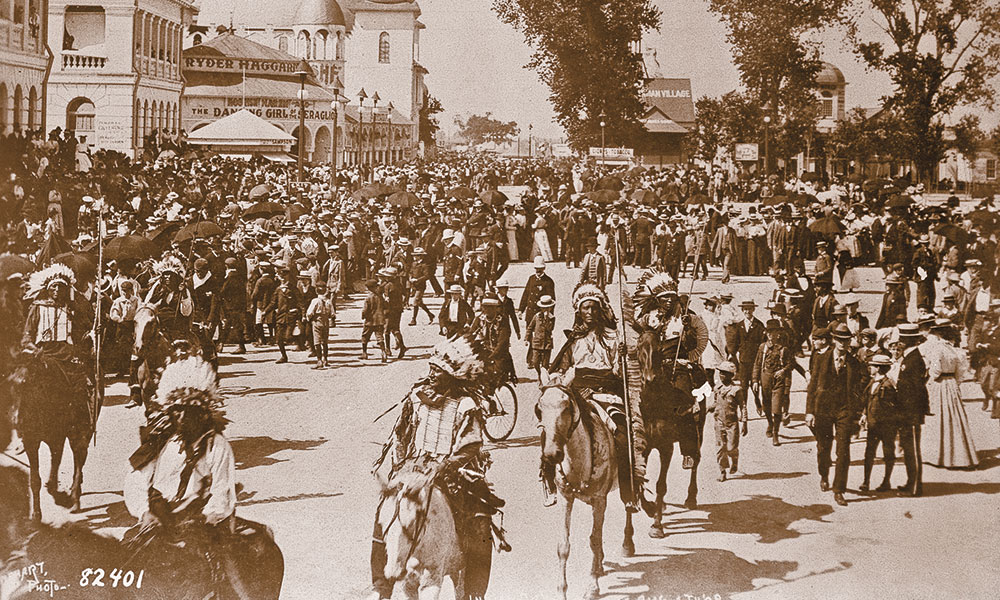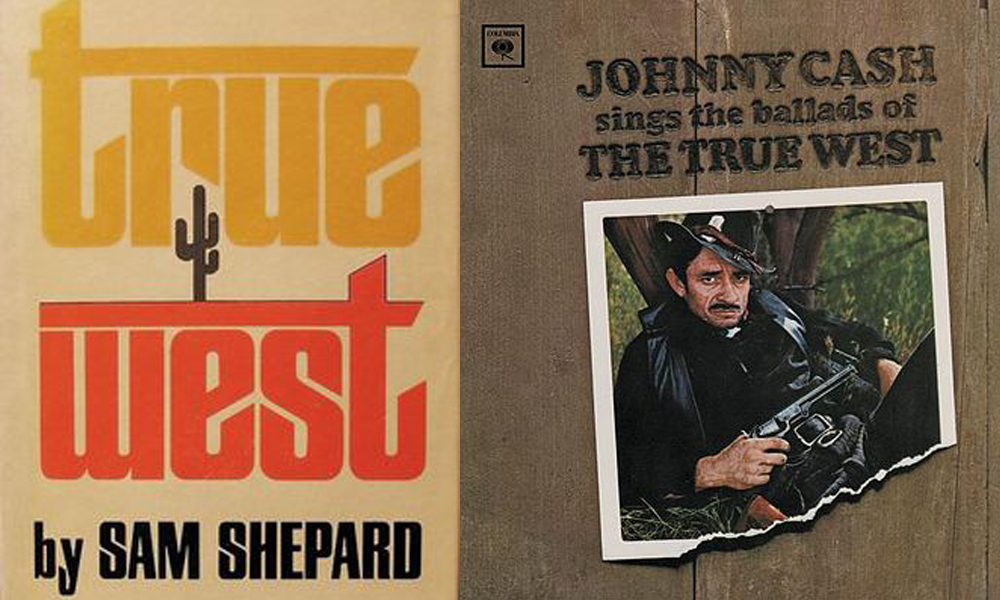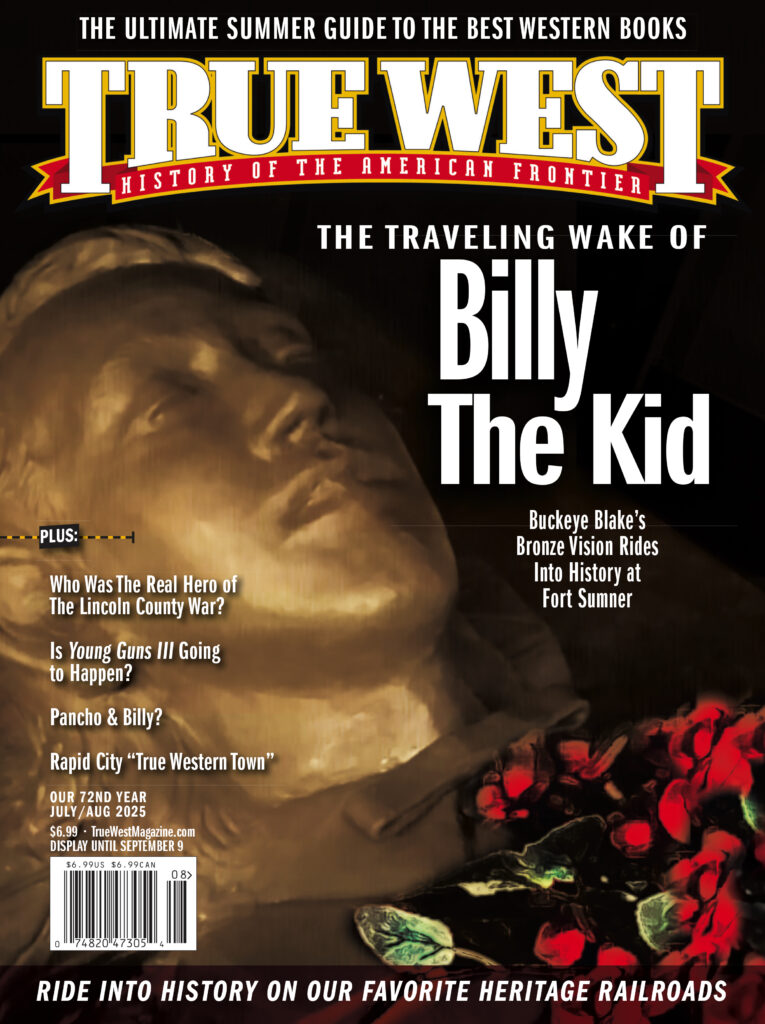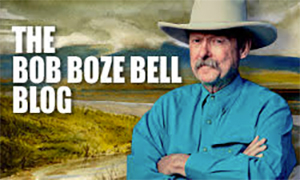Visit Rapid City, the “city of presidents,” on the way to the iconic monument.
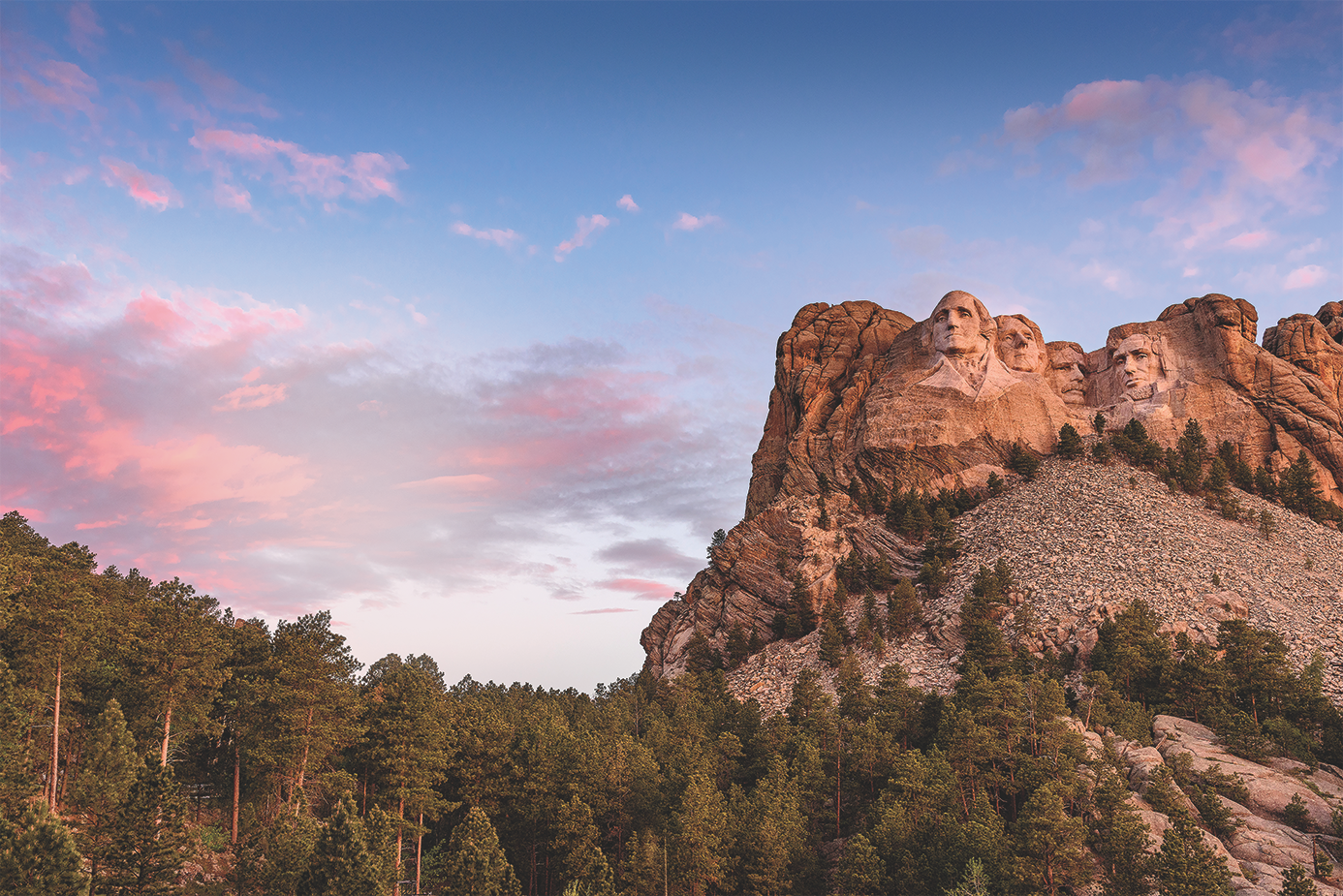
Rapid City in western South Dakota is the gateway to the iconic Mount Rushmore National Memorial, one of America’s most revered monuments.
Since the memorial opened in 1941, nearly 130 million people have visited the 60-foot busts of Presidents Washington, Jefferson, Lincoln and Teddy Roosevelt etched in granite.
Sculptor Gutzon Borglum chose those four influential presidents for the memorial.
“As far as I know, no one argued with him,” said Laurie Sutterer, Rapid City tourism spokesperson. “It was his vision that ultimately got carved on Rushmore.”
Borglum started carving his monumental work August 10, 1927. And President Calvin Coolidge attended a dedication ceremony that day wearing a wide-brimmed 10-gallon hat and riding a horse named Mistletoe to the remote carving site.
“The people of the future will see history and art combined to portray the spirit of patriotism,” said Coolidge, as reported by the Weekly Pioneer Times.
Borglum died in March 1941. The monument was unfinished but his son Lincoln completed the work seven months later.
Since then, Rapid City has flourished as a base camp for travelers visiting Mount Rushmore, the Black Hills, Crazy Horse Memorial, the bison herd at Custer State Park and other nearby attractions.
Founded as Hay Camp in 1876, Rapid City took its name from the rushing water of Rapid Creek, a Cheyenne River tributary.
Rapid City is South Dakota’s second-largest city with about 75,000 residents.
It’s in the American Heartland, an hour from the nation’s geographic center.
Capitalizing on its location near Mount Rushmore, Rapid City touts itself as the City of Presidents. It features 43 life-size statues of American presidents on its downtown streets. Diminutive James Madison at 5 feet 2 inches tall is there along with portly William Howard Taft, who the artist slimmed down for his statue. President Trump’s bronze will be unveiled this summer at the Rapid City Visitor Center and then moved to a street corner in late September. A sculpture of former President Biden is in the works, Sutterer said.
The visitor center is a good place to start for navigating to the area’s attractions and scenic routes into the Black Hills to discover hiking trails, waterfalls and another monumental mountain carving.
Crazy Horse Memorial is a work in progress. Started in 1948, the carving features an 87-foot sculpture of the Lakota Sioux’s face with his shoulder, forearm and hand. Twice a year in June and October visitors can hike a six-mile route to get close to the figure’s outstretched arm.
In late September, Custer State Park features a roundup of the its1,300 bison for health checks and vaccinations. Huge crowds turn out to witness cowboys and cowgirls herding the bison into corrals.
“You get to see this huge buffalo herd come galloping over the horizon into a valley,” said Sutterer, adding that visitors closer to the action can actually feel the ground pounding from the rumbling herd.
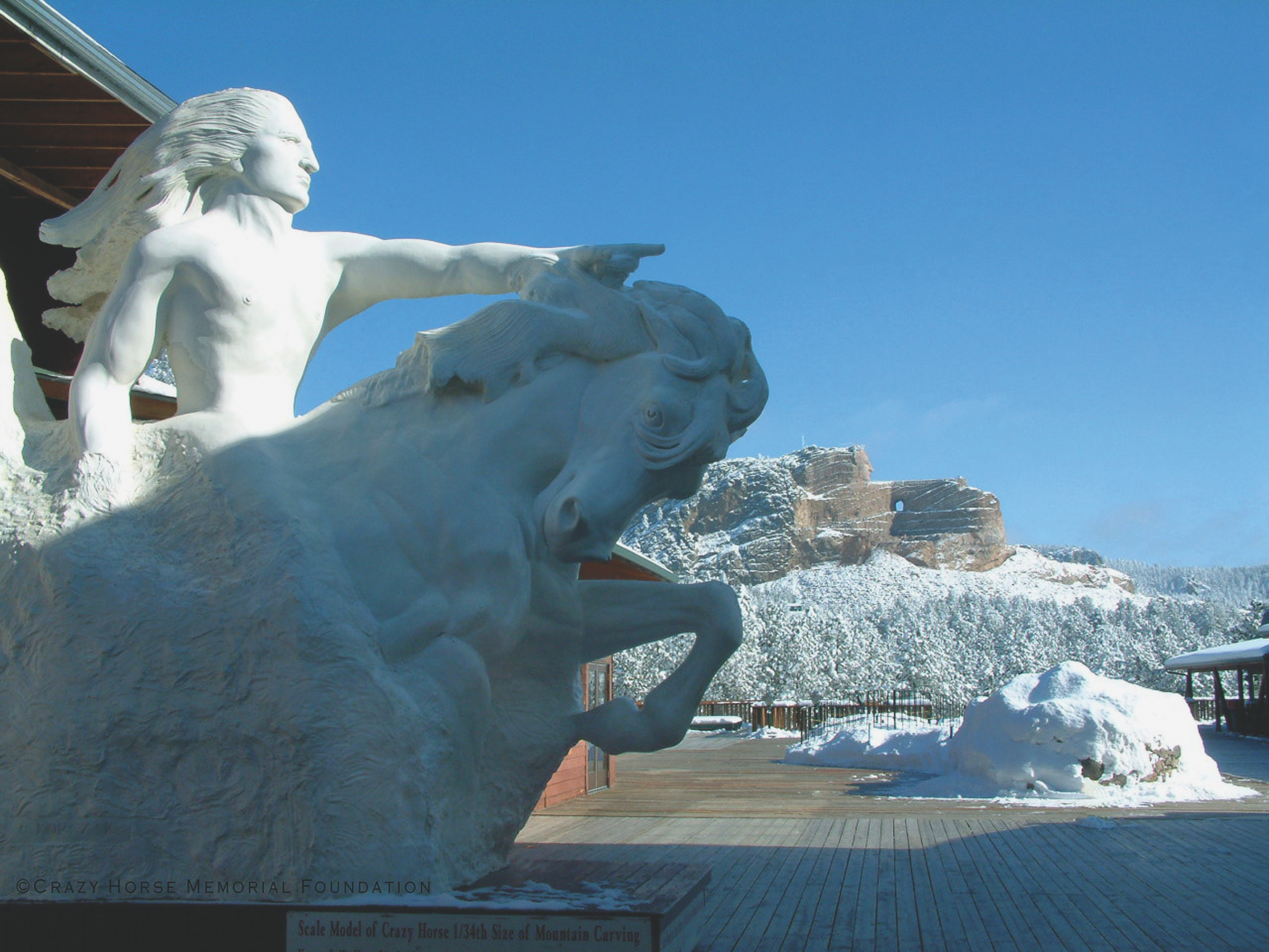
The roundup on September 26 coincides with a three-day arts festival at the State Game Lodge. Custer State Park also features a Bison Center that explains the historical importance of bison on the plains.
Northwest of Rapid City, visitors can follow the 19-mile Spearfish Canyon Scenic Byway with stops at Bridal Veil, Spearfish and Roughlock falls for short hikes.
Back in Rapid City, the Journey Museum and Learning Center has exhibits on the region’s geology, paleontology, archaeology and Native American and pioneer history.
Rapid City’s Memorial Park honors 238 people who died in a 1972 flood that destroyed homes and trailers along Rapid Creek.
Looking ahead, Mount Rushmore will feature a fireworks display on
July 4, 2026, America’s 250th birthday.
Peter Corbett has been exploring the West and writing about it for a half century. He experienced a bison traffic jam in Custer State Park 40 years ago.

